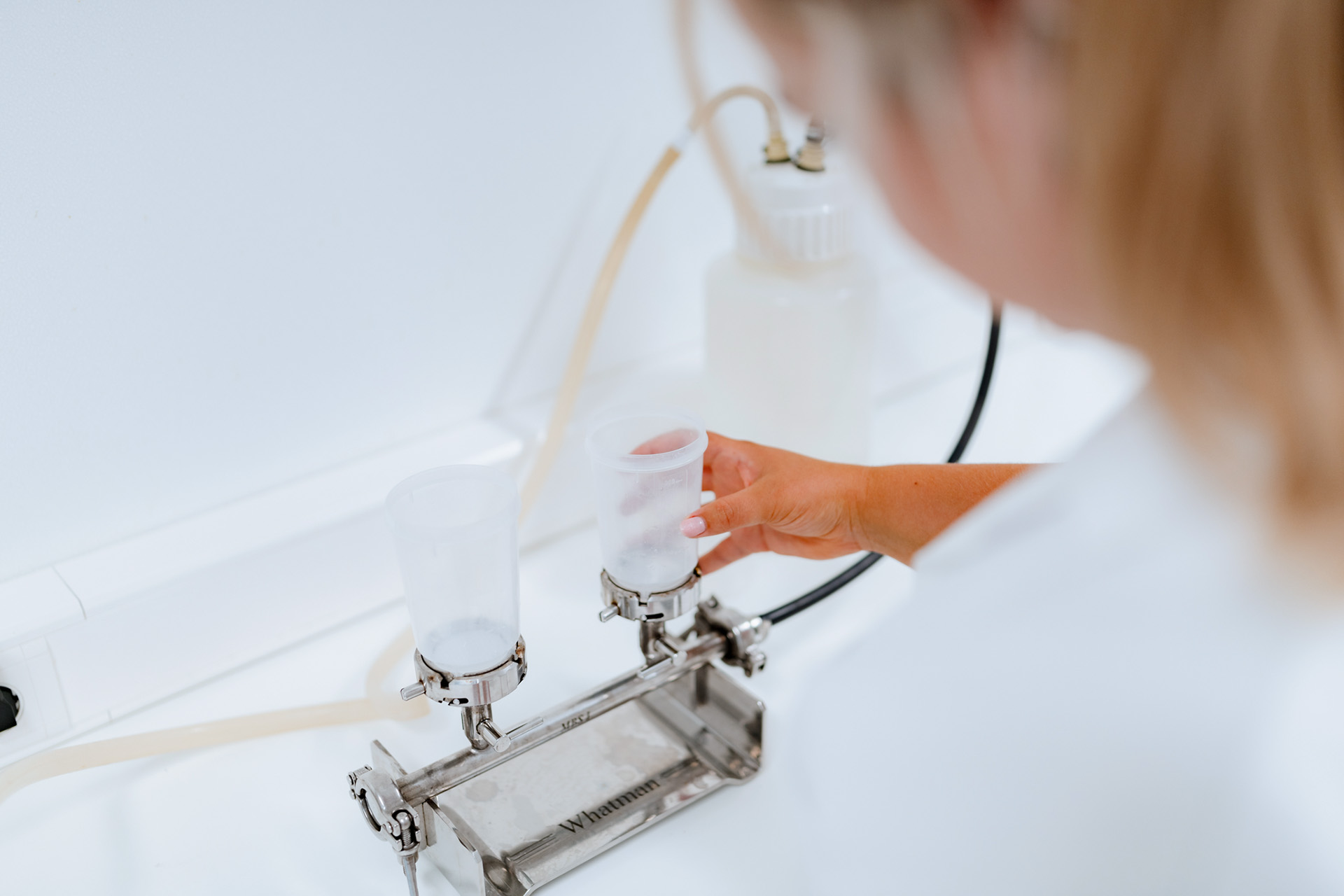Drinking water (in accordance with WAC/V/A/005)


For both medium-risk and high-risk establishments, water samples must be taken from your installation every year in order to check whether it is free of Legionella. Only a laboratory accredited for this purpose may examine whether the samples are contaminated with the legionella bacteria and, if so, which type of Legionella is involved.
The following figures are used as a basis for the mandatory legionella samples to be taken. This may vary depending on the risk analysis.
| Total number of tap points in your pipe | Number of tap points to be examined |
| Tot en met 50 | 2 |
| 51 – 100 | 4 |
| 101 – 200 | 6 |
| 201 – 400 | 8 |
| 401 – 800 | 10 |
| 801 – 1600 | 12 |
| Meer dan 1600 | 14 |
The classic plate count method is used as the standard. In this method, growth on specifically designed plates is examined after ten days. After this period of ten days, a qualitative (serotype sort) and quantitative (number of colony forming units) can be registered..
It is also possible to opt for the Polymerase Chain Reaction (PCR) method. Using this technique, the presence of Legionella in the analysed sample can be determined after 24 hours. This technique is very efficient in cases of existing problems due to the fact that results are available at very short notice ensuring that the situation can be dealt with promptly. For example, newly cleaned water outlets can be made available more quickly.
This analysis is recommended whenever there is any doubt about the water quality in your installation. For example, it may transpire during a legionella analysis that there is an excess of other types of microorganisms. This excess can become so severe that the presence of legionella cannot be established. Measuring which microorganisms these are means that you are able to deal with them and ensure that your installation is cleaned one more time.
The following microbiological parameters are used for this: